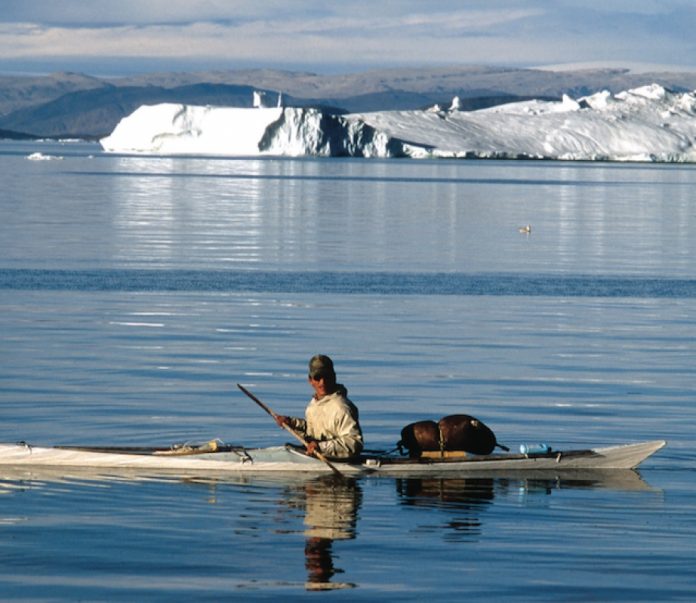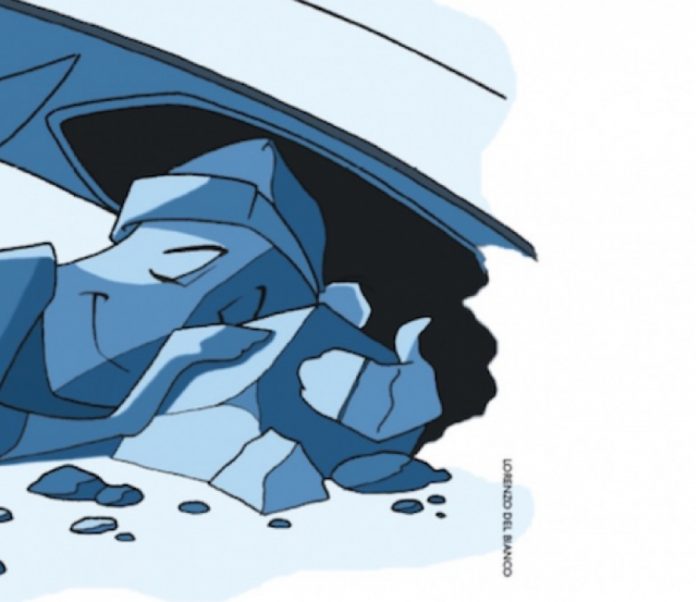Killbear Provincial ParK, located just a half-hour drive from Parry Sound and less than three hours from Toronto, is one of Ontario’s most popular family camping destinations. The park’s rather un-park-like name isn’t a reference to the days when hunting was still allowed on this land; it’s a mistranslation of the Ojibwa name, “Bear Point.”
Located on a peninsula overlooking the magnificent 30,000 islands of Georgian Bay, Killbear offers campers a superb natural and recreational setting. Much of the shoreline scenery resembles Group of Seven paintings. The clear polished red granite headlands and wind-sculpted white pine overlooking the clear blue waters of Georgian bay will look familiar to anyone who’s seen F.H. varley’s most famous painting, Stormy Weather, Georgian Bay, or Arthur Lismer’s A September Gale, Georgian Bay, which was inspired by a visit to a nearby cottage in the early 1900s. Between these rocky headlands are spectacular sandy beaches, perfect for swimming and other watery fun.
Killbear has seven separate campgrounds with 882 campsites—147 with electricity—distributed within walking distance of each other around the perimeter of the six-kilometre-long peninsula. each campground has its own character, from the sandy, protective beaches of Kilcoursie and beaver Dams to the pine and polished rock settings of Harold’s Point, Granite Saddle and Georgian campgrounds.
Campgrounds feature a mix of trailer sites and tent sites, and modern bathrooms with showers and laundry. Radio-free zones are designated in some of the campgrounds for campers seeking peace and quiet and the sounds of nature. When the park is running near capacity, as is typical in summer, Blind Bay and Lighthouse Point campgrounds are more likely to have vacancies.
Classified as a natural environment park of 1,750 hectares, Killbear plays an important role in protecting an outstanding natural section of the Georgian Bay shoreline. In 2004 this area was designated by UNESCO as one of Canada’s 13 World Biosphere Reserves. Soon a new multimillion-dollar visitors center will interpret the ecology, geology and history of the Georgian bay coast as part of the recently commissioned provincial Great Lakes Heritage Coast Project.
The new visitors centre will complement Killbear’s already thriving natural Heritage education (nHe) program. It’s a first-rate educational experience for all ages. An amphitheater show we recently attended at the park was an interactive play about the life of bats. It was funny, educational and professionally delivered. The kids loved it.
Experienced staff also provide guided interpretive hikes and a range of other programs to enlighten visitors about park environment.
On the main park access road you will see signs that say “Brake for Snakes.” Massassauga rattlesnakes live in Killbear although they are rarely seen by visitors. Rattlesnake research at Killbear has been going on for many years. NHE staff have programs and other information about these shy snakes and other species. All snakes are protected in Killbear. Unfortunately motor vehicles are a major cause of death for the rattlers. The “Brake for Snake” T-shirts, available at the Ontario Parks Store located at the park office, make nice souvenirs and are a reminder to use caution on the park roads.
For aspiring painters, beach bums, amateur naturalists and active explorers, Killbear Provincial Park has something for everyone in the heart of one of Canada’s most beautiful landscapes.
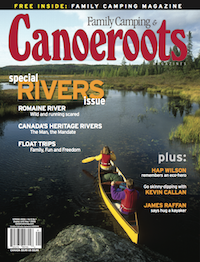 This article first appeared in the Spring 2006 issue of Canoeroots Magazine. For more great content, subscribe to Canoeroots’ print and digital editions here.
This article first appeared in the Spring 2006 issue of Canoeroots Magazine. For more great content, subscribe to Canoeroots’ print and digital editions here.




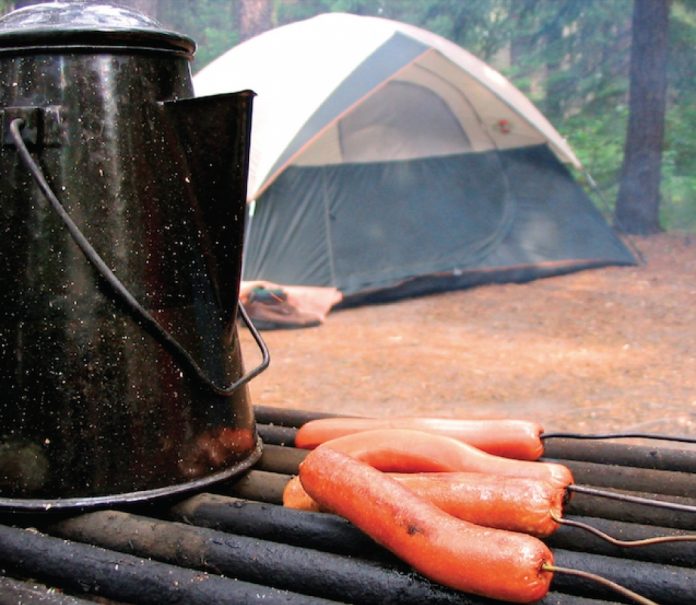
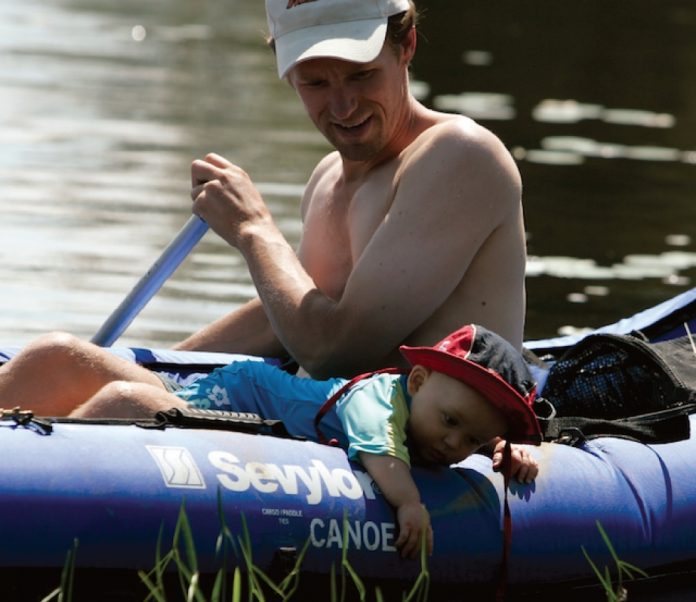
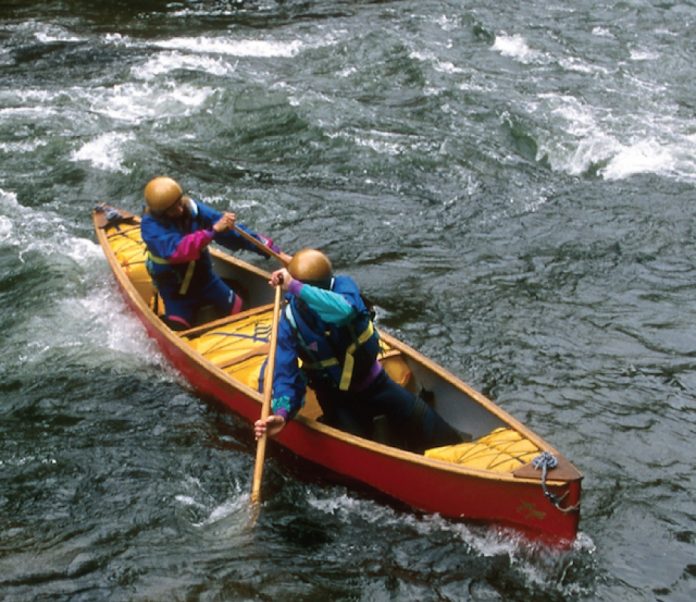
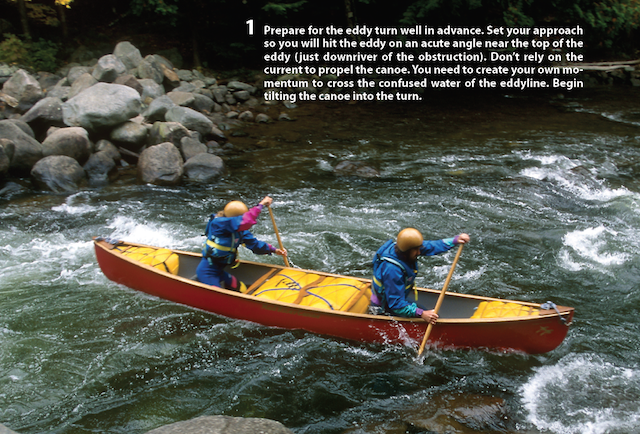
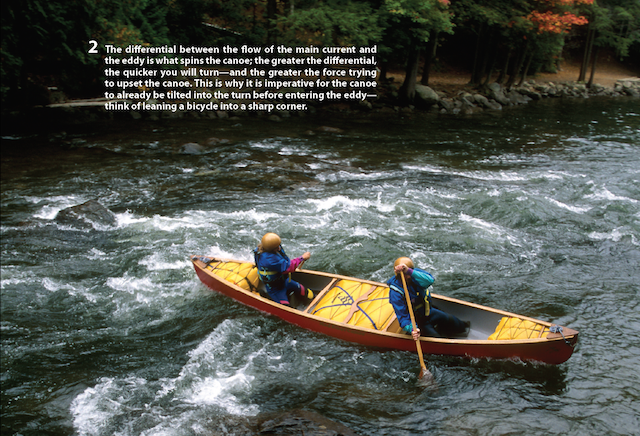
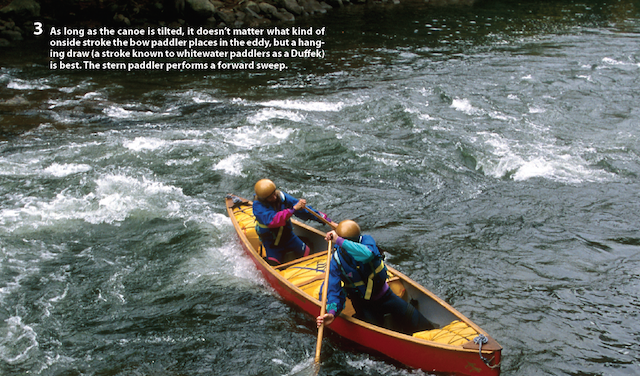
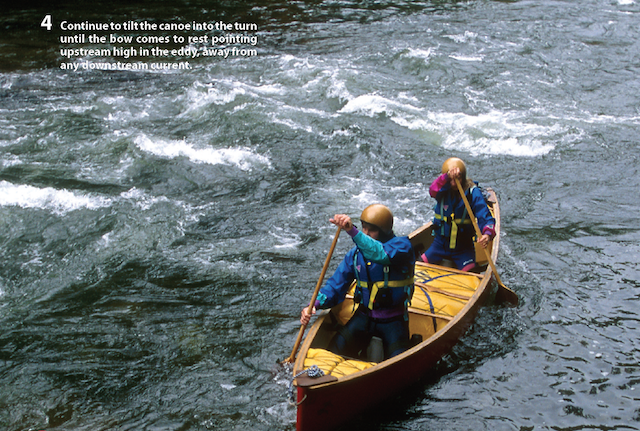
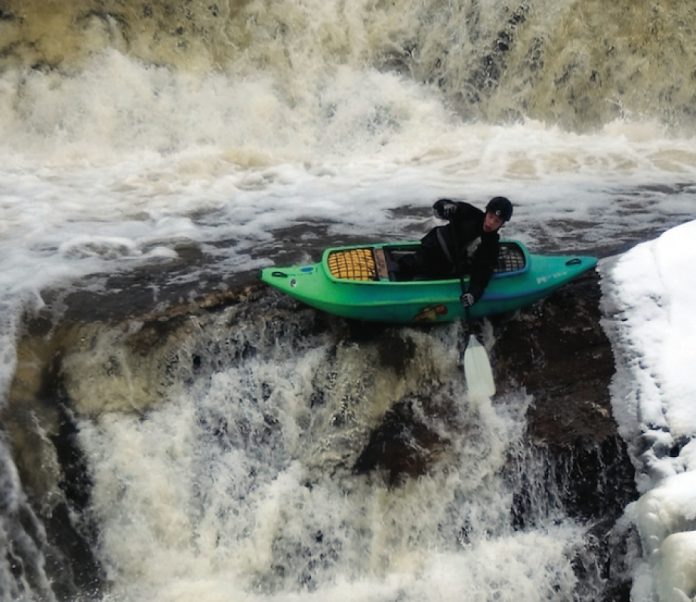
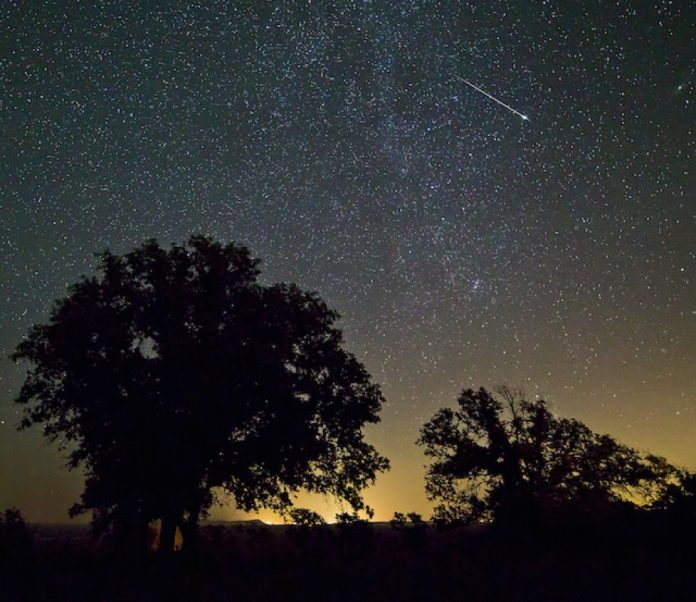
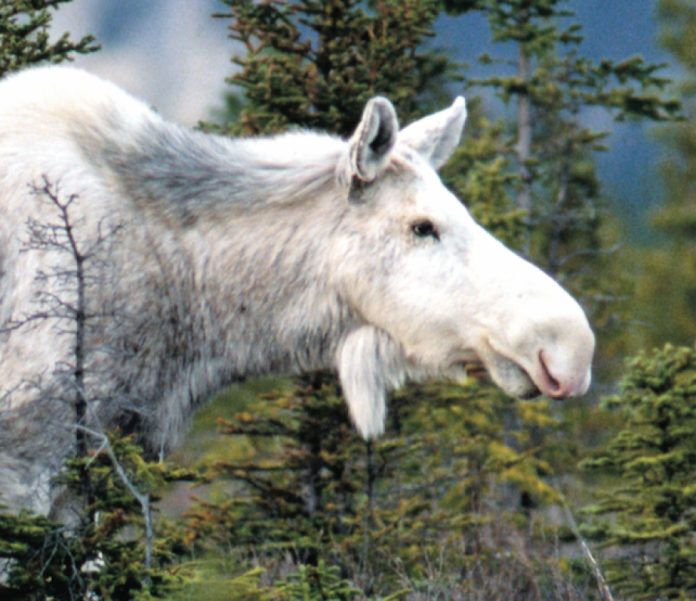
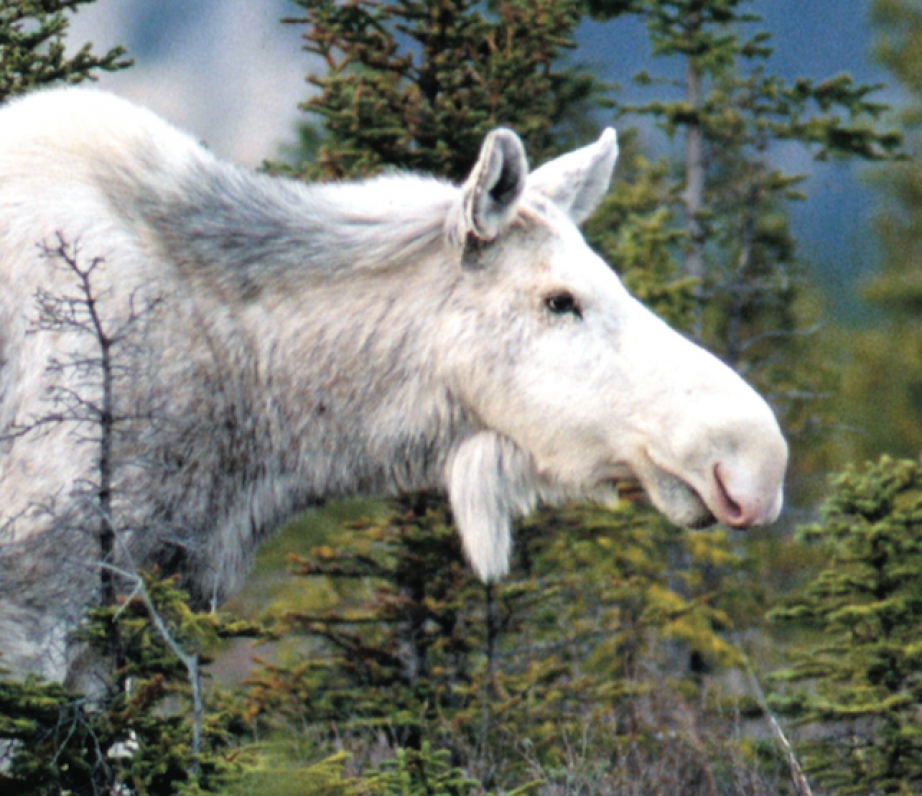

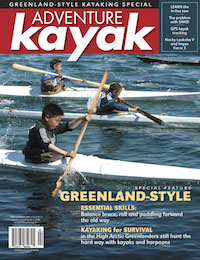 This article first appeared in the Early Summer 2006 issue of Adventure Kayak Magazine. For more great content, subscribe to Adventure Kayak’s print and digital editions
This article first appeared in the Early Summer 2006 issue of Adventure Kayak Magazine. For more great content, subscribe to Adventure Kayak’s print and digital editions 